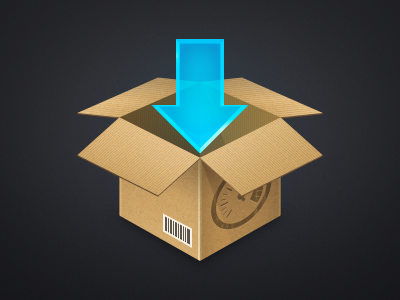In Solution Explorer, right-click Dependencies and choose Add Packages. Choose 'nuget.org' as the Package source in the top left corner of the dialog, and search for Newtonsoft.Json, select that package in the list, and select Add Packages. The installer command is used to install Mac OS X installer packages to a specified domain or volume. The installer command installs a single package per invocation, which is specified with the -package parameter ( -pkg is accepted as a synonym). It may be either a single package or a metapackage. The install package is used if you don't have the application already installed, while the update package is used to update an existing installation. To view release notes, see Release notes. September 15, 2020. The Missing Package Manager for macOS (or Linux). It's all Git and Ruby underneath, so hack away with the knowledge that you can easily revert your modifications and merge upstream updates. Installation notes. Installation notes. Can I install Office 2016 for Mac and Office for Mac 2011 on the same computer? Yes, you can install and use Office 2016 for Mac and Office for Mac 2011 at the same time. However, we recommend that you uninstall Office for Mac 2011 before you install the new version just to prevent any confusion.


| Operating system | macOS |
|---|---|
| Type | Installer |
| Website | www.apple.com |
Installer is an application included in macOS (and in its progenitors OPENSTEP and NeXTSTEP) that extracts and installs files out of .pkg packages. It was created by NeXT, and is now maintained by Apple Inc. Its purpose is to help software developers create uniform software installers.
Installer launches when a package or metapackage file is opened. The installation process itself can vary substantially, as Installer allows developers to customize the information the user is presented with. For example, it can be made to display a custom welcome message, software license and readme. Installer also handles authentication, checks that packages are valid before installing them, and allows developers to run custom scripts at several points during the installation process.[1]
Download Mac Installer
Installer package[edit]
Installer packages have the file extension .pkg. Prior to Mac OS X Leopard, installer packages were implemented as Mac OS X packages.[2] These packages were a collection of files that resided in folders with a .pkg file extension.[3][4] In Mac OS X Leopard the software packaging method was changed to use the XAR (eXtensible ARchiver) file format; the directory tree containing the files is packaged as an xar archive file with a .pkg extension.[5] Instead of distributing multiple files for a package, this allowed all of the software files to be contained in a single file for easier distribution with the benefit of package signing.
See also[edit]
References[edit]

Installer Package For Mac Mojave
- ^'Software Delivery Guide - Specifying Install Operations'. Apple. Retrieved October 11, 2016.
- ^'Software Delivery Guide'. Apple. Retrieved March 15, 2015.
- ^'The Flat Package'. MacTech. Retrieved March 15, 2015.
- ^'OSX legacy packaging redux'. Matthew Brett. Retrieved March 15, 2015.
- ^'XAR NEW MacOS X 10.5 package format'. MacGeekBlog. Retrieved March 15, 2015.
Download Package Installer
